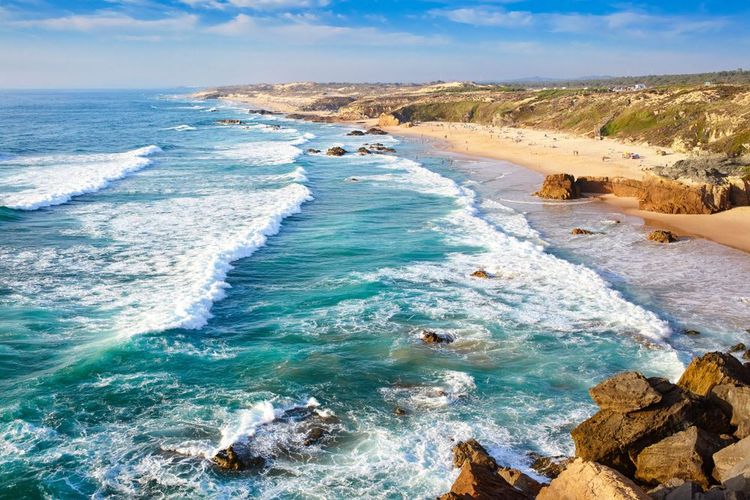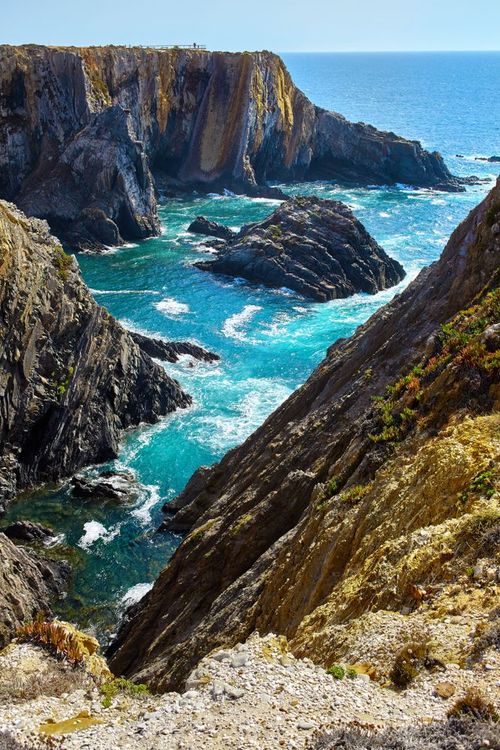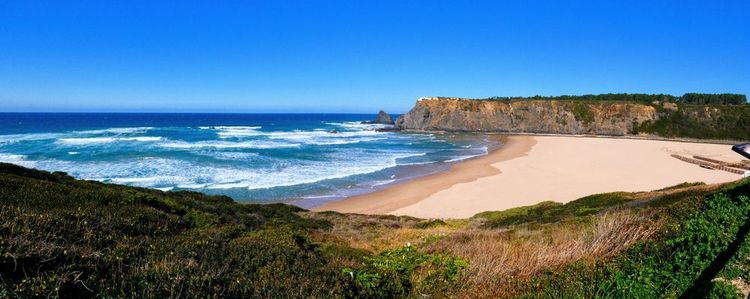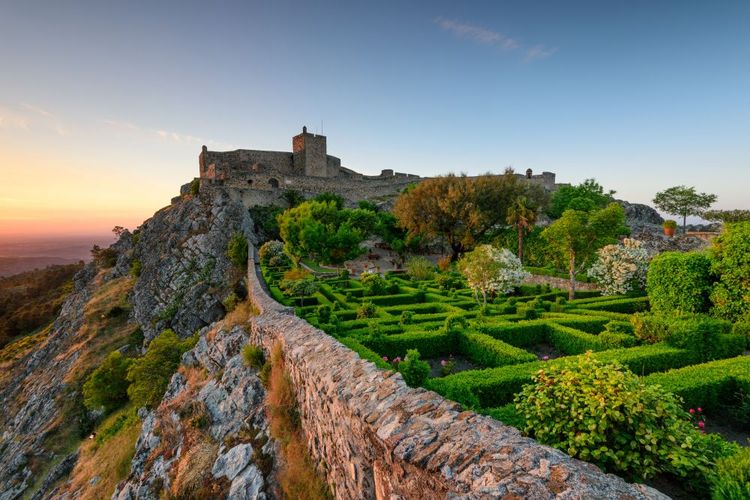The South-West Alentejo Park was created in 1995 to protect the fauna, flora and unique landscape of Portugal's Alentejo region. An initiative of the Portuguese government, and in particular the Ministry of the Environment, with the support of various environmental organisations and the local community, the park addresses a number of issues. During the 1980s and 1990s, Portugal became seriously concerned about the destruction of the natural environment of the Alentejo region. The government decided to introduce measures to counter rapid urbanisation, intensive agriculture and tourism development, and the South-West Alentejo Park was created to protect the region and preserve its ecological wealth.
 Alentejo
Alentejo











